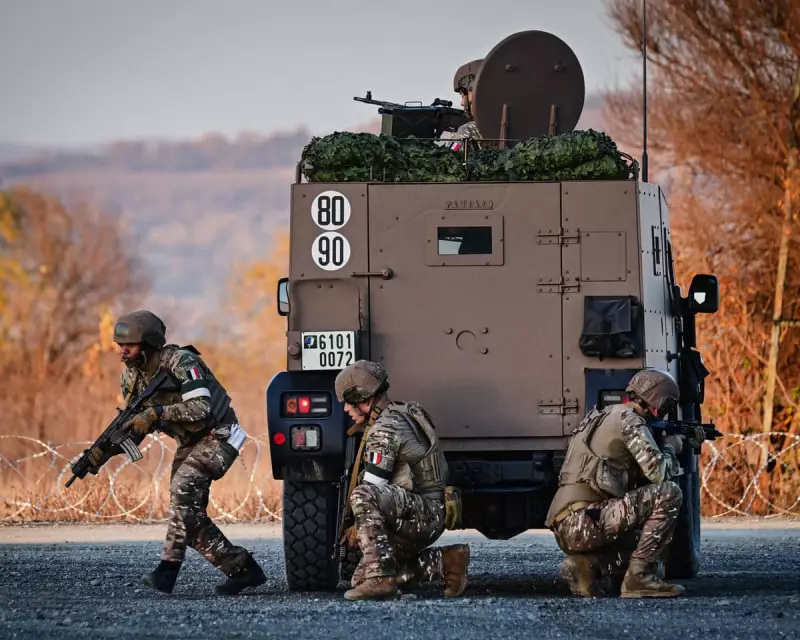
The European Union is taking decisive action to bolster its defence capabilities, proposing a radical plan to streamline the movement of troops and military hardware across the continent. Dubbed a 'military Schengen', the initiative aims to cut through bureaucratic red tape and rectify critical infrastructure shortcomings that currently hamper rapid deployment.
The Urgent Need for a Military Mobility Plan
The European Commission announced the strategy on Wednesday, framing it as an essential response to stark warnings from security services. Officials highlighted that Russia could possess the capability to attack an EU member state within the next five years, making preparedness a top priority. The goal is to ensure Europe is ready to defend itself by 2030.
Currently, moving an army from a western European port to the EU's eastern border with Ukraine, Belarus, and Russia is fraught with obstacles. EU officials point to bridges too weak for tanks, railway tunnels too narrow for military vehicles, and disparate track gauges. Compounding these physical barriers are administrative hurdles, including lengthy customs procedures and working time regulations.
One particularly striking example involves an unnamed member state that requires a 45-day notice for cross-border troop movements. This stands in stark contrast to the three-day border procedure target pledged by EU countries for 2024. In another instance, a convoy of tanks was denied entry due to local road-traffic weight limits.
Building a 'Critical Insurance Policy' for European Security
EU Foreign Policy Chief, Kaja Kallas, was blunt in her assessment, stating that a 45-day permission rule is "not good enough" more than a decade after Russia's annexation of Crimea. She emphasised that the latest EU proposals are designed to underpin, not duplicate, Nato's existing defence planning.
"Military mobility is a critical insurance policy for European security; you hope you never have to use it to the full capacity, but having it ready ensures more credible deterrence and defence," Kallas told reporters.
The commission's plan includes an emergency system that would grant military convoys priority on transport networks. In crisis situations, armies would also receive exemptions from standard EU rules, such as mandatory rest periods for drivers, and benefit from faster customs procedures for hardware and supplies.
Massive Infrastructure Investment and Funding Challenges
To make this a reality, a significant upgrade of Europe's transport infrastructure is required. EU officials have identified a priority list of 500 bridges, tunnels, roads, ports, and airports that need strengthening or adaptation to handle heavy military traffic. The estimated cost for these upgrades is a substantial €100 billion (£88bn).
Funding is proposed to come from a tenfold increase in the EU's military mobility budget, with €17.6 billion earmarked in the proposed long-term budget for 2028-34. Member states would typically co-fund these infrastructure projects. Additionally, countries could tap into existing EU infrastructure funds and a new €150 billion defence loans programme.
However, the overall €2 trillion EU long-term budget faces opposition from some member states seeking to scale back spending. The success of the military mobility plan will depend on navigating these financial and political negotiations in the coming years.





